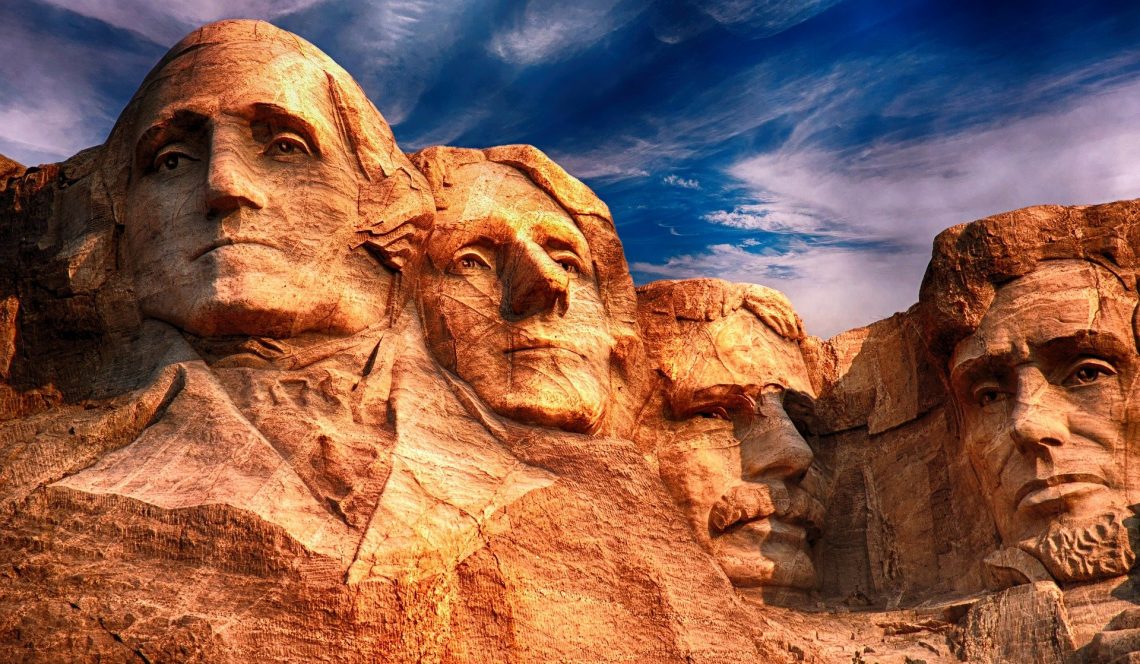
Hall of Presidents Part 1
With President’s Day being next week, I thought I would look back on all of our previous presidents. Our 46th president has just been sworn into office, but I am interested in the 45 presidents that came before Joe Biden. I’ll be splitting this post up into 4 posts throughout the next four weeks.
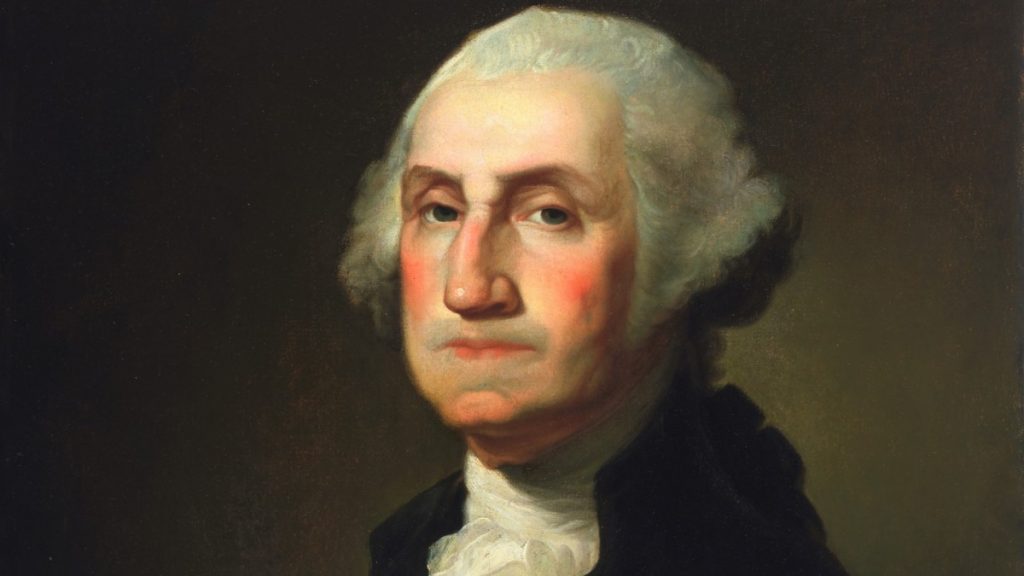
1. George Washington
April 30, 1789-March 3, 1797
In May 1775, Washington was elected Commander in Chief of the Continental Army. He led his troops in a war that lasted six years. George Washington was elected the first president of the United States in 1789. At the end of his second term, he retired to his home, Mount Vernon, where he lived for three more years before he died of an infection.
Fun Fact: George Washington did not want the government to divide into two parties.

2. John Adams
March 4,1797-March 3, 1801
John Adams was vice president under George Washington and was elected to office as the second president of the United States in 1797. During his presidency, the war between the French and British was causing issues with relations with the United States. Adams sent commissioners to France to negotiate, but word returned that Minister Talleyrand and the Directory had refused to negotiate unless they were paid a substantial bribe. After multiple naval victories, France agreed to negotiate and end the war.
Adams lost the election for his second term to Thomas Jefferson by a few less electoral votes.
Fun Fact: John Adams defended the British soldiers who were charged for the Boston Massacre.

3. Thomas Jefferson
March 4, 1801- March 3, 1809
Thomas Jefferson was a member of Congress from a young age and used his pen to make a difference instead of speeches. He drafted the Declaration of Independence as well as many other bills that laid the foundation of our government. Jefferson was a minister to France in 1785, and his sympathy for the French Revolution led to conflict with Alexander Hamilton.
Thomas Jefferson was president when the United States purchased Louisiana from France in 1803.
Fun Fact: Thomas Jefferson wrote a bill establishing religious freedom, which was enacted in 1786.
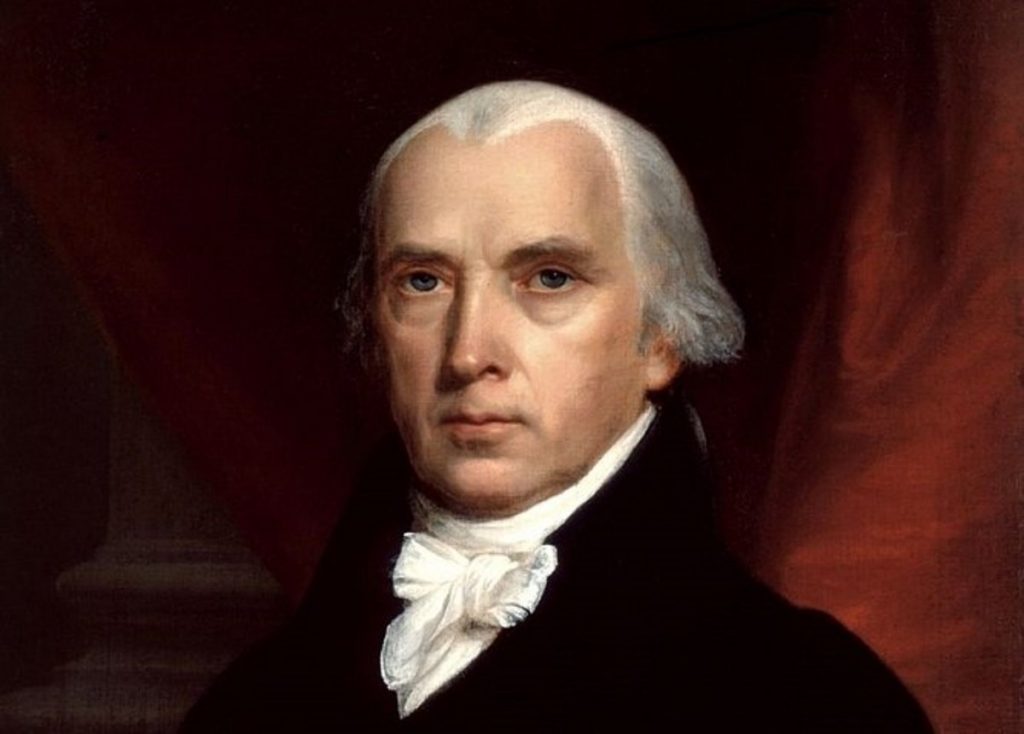
4. James Madison
March 4, 1809- March 3, 1817
James Madison was the fourth elected president of the United States. Madison played a huge part in writing the Constitution and was later referred to as the “Father of the Constitution”. He worked on the Federalist Papers with Alexander Hamilton and played a major role in getting the Constitution ratified. Madison also helped to make the Bill of Rights while he was in Congress. A major historical event that took place during Madison’s presidency was the War of 1812.
Fun Fact: James Madison had over a hundred slaves and even hired extra slaves from other slave owners to help run his estate in Virginia while he was secretary of state. When Madison died he did not free his slaves but instead stated in his will that slaves could not be sold without consent. The purpose was to keep families together, but it wasn’t legally binding. His wife sold a lot of the slaves later on to alleviate financial difficulties.

5. James Monroe
March 4, 1817- March 3, 1825
James Monroe became the fifth president of the United States after holding many other titles and positions. Monroe began to study law at the College of William and Mary, but before he could finish, he joined the Infantry Army and fought in the Continental Army. Later, he joined the anti-Federalists and helped to ratify the Constitution. He was elected into the senate and helped to negotiate the Louisiana Purchase. Monroe also served as Secretary of State and Secretary of War before becoming the last Founding Fathers who would be president.
Fun Fact: Monroe was known for making unusual cabinet choices. His Secretary of War was a southerner, while his Secretary of State was a northerner. Only a refusal from Henry Clay kept Monroe from adding a westerner to his cabinet.
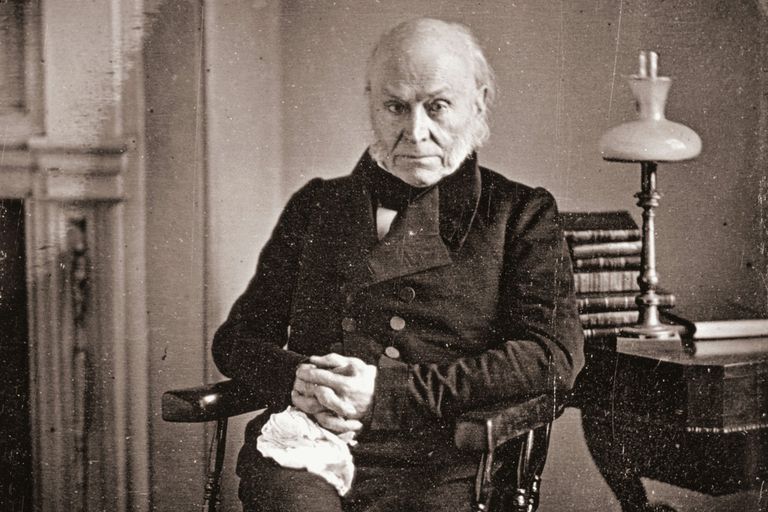
6. John Quincy Adams
March 4, 1825- March 3, 1829
John Quincy Adams was the first president who was the son of a president. Adams was the next logical heir to the presidency as he was appointed Secretary of State for President Monroe, however the ways of electing the next president were changing, there was not a clear winner in the election. Without a clear winner in the election, the House of Representatives would decide the winner from the top three candidates. One of Adams’ competitors threw his support behind Adams–turning the vote in favor of Adams. After becoming president, Adams appointed Clay as Secretary of State.
Jackson and his followers stated that it was a “corrupt bargain” and started their campaign to strip Adams of his presidency. When Adams was defeated, he retired to his farm. Two years later, he was elected to the House of Representatives where he served for the rest of his life.
Fun Fact: John Quincy Adams wrote the Monroe Doctrine, which declared the United States resisted the intervention of Europeans in Latin America.

7. Andrew Jackson
March 4, 1829- March 3, 1837
Andrew Jackson was the first man from Tennessee elected to the House of Representatives and briefly served in the senate. Jackson lost in 1824 to Adams even though he had won the popular vote. He was elected the seventh president of the United States, but one of the first to win and have the popular vote.
Jackson used his power of veto to assume command and did not rely on congress for policymaking. At one point, Jackson even suggested getting rid of the electoral college. Jackson was the president who signed The Indian Removal Act in 1830–claiming that it was best for everyone involved. The relocation of Indigenous People resulted in tens of thousands of deaths.
Fun Fact: Jackson often got in brawls, and even killed a man in a duel over a comment the man had made to Jackson’s wife.
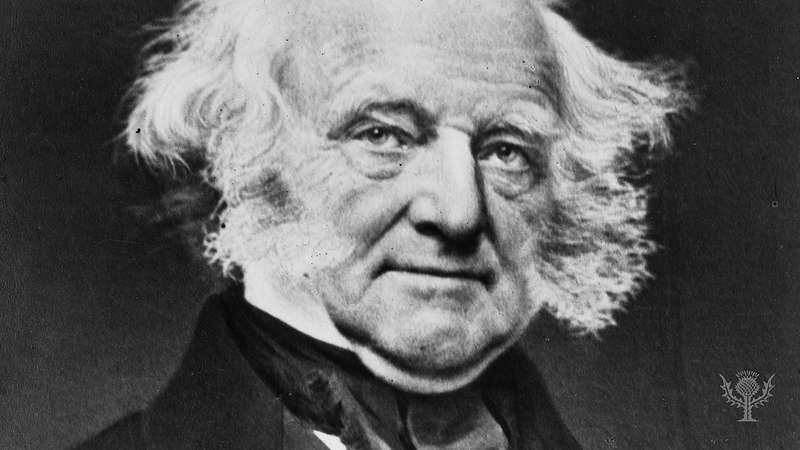
8. Martin Van Buren
March 4, 1837- March 3, 1841
Martin Van Buren served in the senate before being named Secretary of State for Andrew Jackson. He quickly became Jackson’s most trusted advisor. In Jackson’s second term, he named Van Buran as Vice President.
Within a few months, people started to lose their land and the country fell into the biggest depression this far in history. It started because of choices that Van Buran made the year prior. He stated that land had to be bought with “hard money”–gold or silver. The depression lasted five years.
Fun Fact: Martin Van Buren unsuccessfully ran for a second term in 1848.
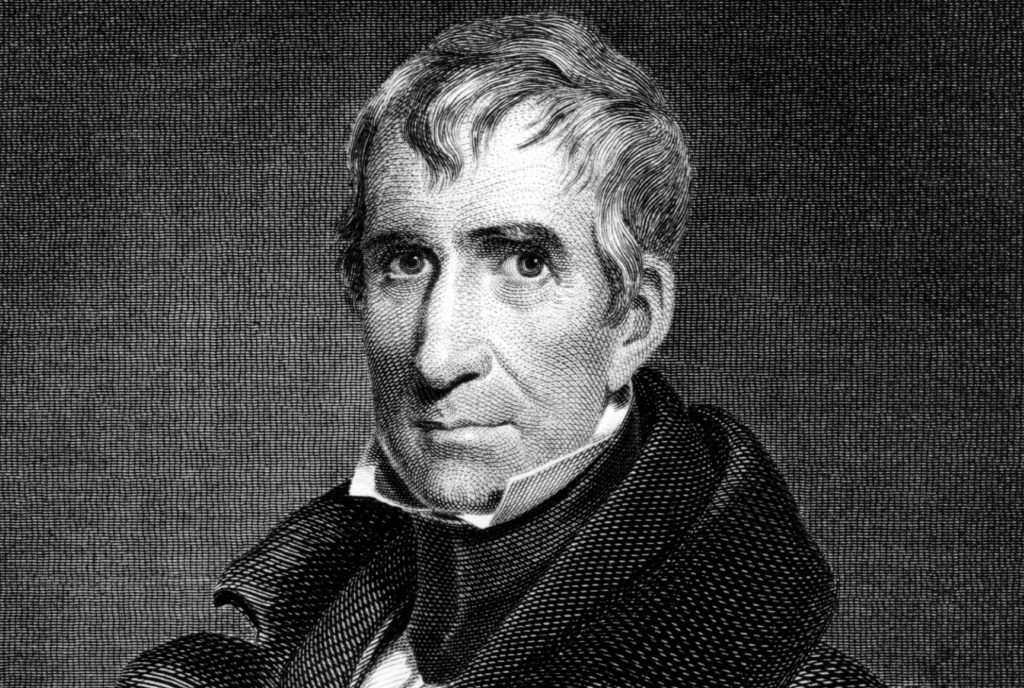
9. William Henry Harrison
March 4, 1841- April 4, 1841
William Henry Harrison started off with an interest in medicine, but decided to join the army and move northwest. He became the first delegate to congress for the Northwest Territory, and was governor of the Indiana Territory for 12 years. His prime task was to help westward expansion, and to provide protection to new settlers from Indigenous people if they retaliated.
Harrison won the presidential election by 150,000 votes but swept the electoral college 234 to 60. A month into his presidency, he caught a cold that turned into pneumonia. He was the first president to die in office.
Fun Fact: William Henry Harrison is the president who served the shortest term to date.

10. John Tyler
April 6, 1841- March 3, 1845
John Tyler served in the House of Representatives for four years and then moved back home to serve as governor of Virginia. Tyler was the first president who assumed the position as president because the prior president had died during his term. By the end of John Tyler’s term as president, he had replaced most of the original cabinet with conservatives from the south.
When southern states began to secede in 1861, Tyler let a movement of compromises. When that failed, he created the southern confederacy.
Fun Fact: John Tyler served in the confederacy but didn’t live to see the end of the war.
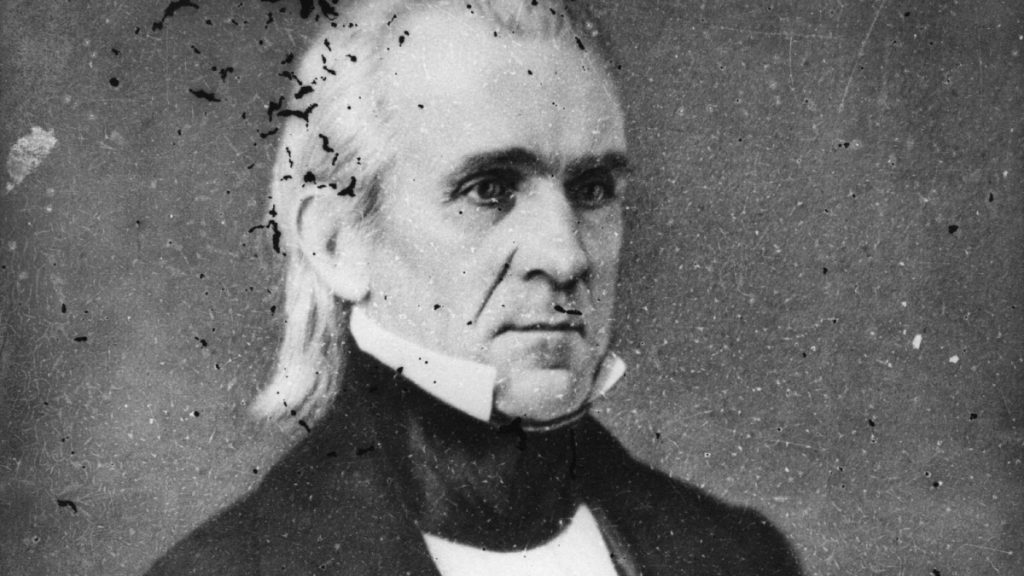
11. James K. Polk
March 4, 1845- March 3, 1849
James Polk, known as the “dark horse” president, was friends with Andrew Jackson. Polk favored the expansion of the United States and worked to expand the borders. He wanted to acquire California from Mexico, but it was more difficult than expected. Mexican troops attacked the troops he sent to discuss the purchase because they were taken as a threat. Congress then declared war.
President Polk added a lot of land to the United States, but the new land created more conflict between the north and south. The conflict was about whether or not the new land should be slavery states.
Fun Fact: Polk rushed to purchase new land left available after the Indian Removal Act removed indigenous people from the area.

12. Zachary Taylor
March 5, 1849- July 9, 1850
Zachary Taylor became the nominee for the Whigs party and ran against Lewis Cass, who wanted to leave it up to letting residents of territories decide whether or not they wanted slaves. Northerners, who opposed the expansion of slavery voted for Taylor.
With the disputes between the north and the south over the new land permitting slavery, Zachary Taylor encouraged California and New Mexico to draft constitutions and petition statehood. This made southerners mad because the new constitutions would not likely allow slavery within the new borders.
With the threat of succession rising, Taylor threatened southern leaders to follow the Union’s laws, or he would personally lead the army against them.
Fun Fact: Zachary Taylor was known for his relaxed leadership style and his refusal to conform to a specific party.
Learn More
Next week I will be posting part two of my Hall of Presidents. I wanted to make sure that I took my time to research each president, so that’s why I’m splitting them up into four different posts. In the meantime, I wanted to link my sources for you to look at if you want more information: more on presidents and their dates in office, presidential timeline, more on the presidents. Happy learning!





